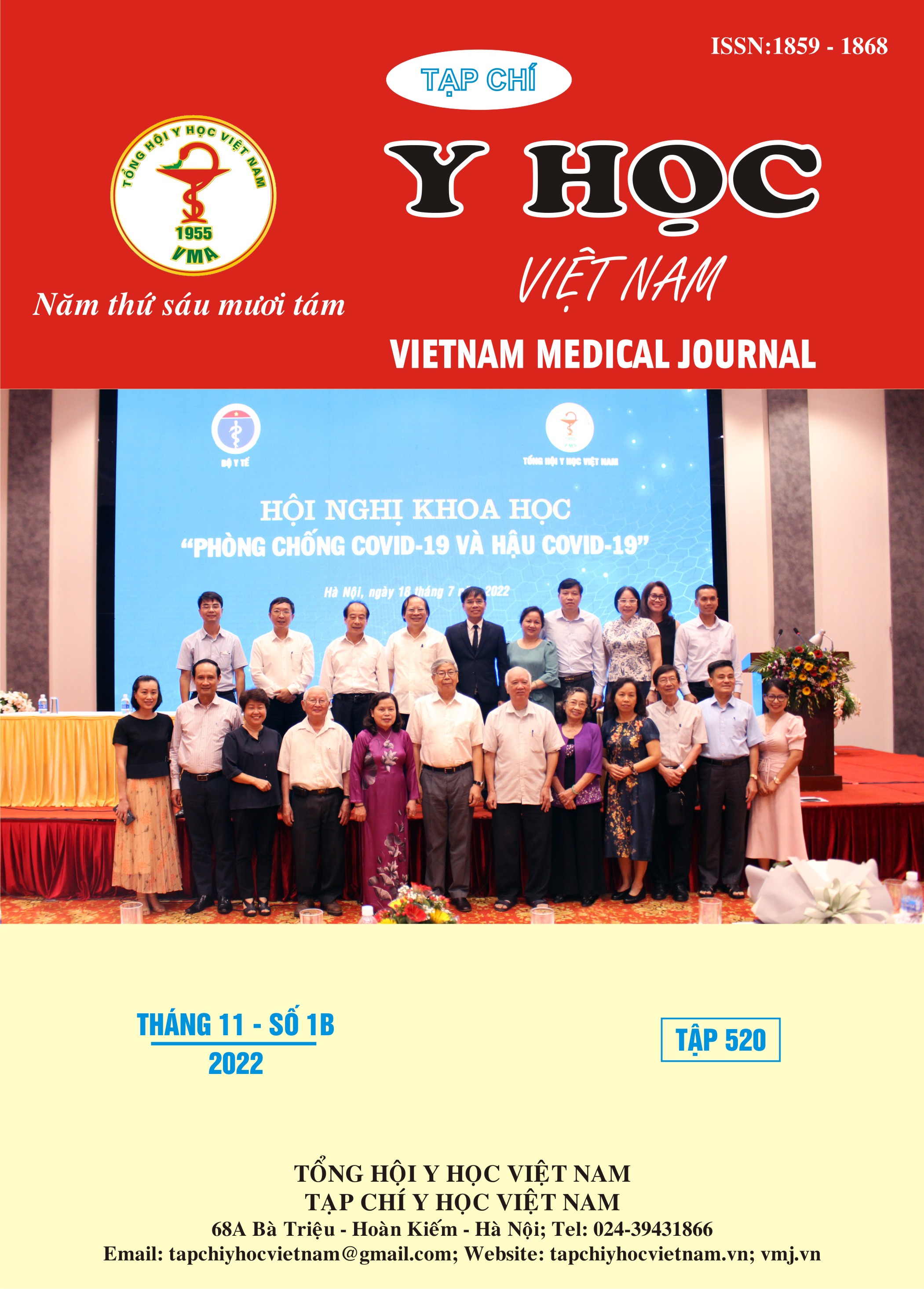CLINICAL EFFECT OF ACUPOINT CATGUT EMBEDDING FOR THE TREATMENT OF ATOPIC DERMATITIS PATIENTS
Main Article Content
Abstract
Background: Atopic dermatitis (AD) is a chronic inflammatory skin condition which is noncontagious and leads to itchy, dry skin lesions that can damage the intact skin barrier. Although the etiology is not known, it is widely believed that family history and allergies play a role. The incidence of AD is usually higher in early childhood, while other allergic conditions can develope later in life, such as allergic rhinitis and asthma. AD is typically treated through topical ointments and the systematic use of pharmaceuticals to control symptoms. Long term or improper use of medications can lead to other complications. It’s not possible to completely cure AD; therefore, alternative treatments need to be developed to meet the patients' needs. However, the efficacy and safety of alternate modalities remain a major concern in the health care field. Acupuncture is one such modality used in the treatment of AD. the method of ACE (acupoint catgut embedding), developed from TCM acupuncture with a certain section of absorbable catgut suture implanted in acupoint, characterized by easy operation, durable and strong stimulation, and long interval between each treatment. Although multiple studies have established the safety of ACE, its efficacy with atopic dermatitis and similar conditions is still being explored. This review will discuss the clinical effect of ACE in treatment of AD. Objective: The objective of this study was to assess the effectiveness of the ACE for the treatment of AD. Methods: A randomized, participant- and assessor-blinded, sham-controlled trial was designed with a 4-week follow-up. We equally allocated 92 participants 18 years of age and older who had mild-to-severe AD to 2 separate groups. The experimental group involves 46 patients were given a combined treatment of ACE and herbal medicine (oral Xiao-Feng-San XFS)and were followed prospectively. The patients received biweekly ACE and the Chinese herbal formula 2 times daily for a total of 4 weeks. The comparison group involves 46 patients were given a combined treatment of herbal medicine (oral XFS) and were followed prospectively. The patients received the herbal formula 2 times daily for a total of 4 weeks. Assessments were performed before treatment, and at weeks 2 and 4 of treatment. The primary outcomes were defined as the changes in the SCORing Atopic Dermatitis index (SCORAD), Dermatology Life Quality Index (DLQI). Results: The mean change in total DLQI score differed significantly among the 2 groups at 4 weeks after randomization (p<0,05). At T2 and T4, the dry skin score of the study group was lower than that of the control group, the difference was statistically significant (p<0,05); The score of itching, insomnia, control score of the study group was lower than that of the control group at T2 and T4, the difference was statistically significant (p<0,05). Significant differences between ACE and XFS groups at weeks 2, 4 with regard to DLQI respectively. Changes in subjective outcomes associate with AD: Statistically significant improvements were observed within each group over time, but significant differences between ACE and XFS groups in terms of changes in VAS (Pruritus), VAS (Insomnia) and DLQI scores before and after treatment were present. No serious adverse events were observed. Conclusions: Biweekly ACEtreatment was effective in reducing objective AD symptoms in patients with mild to moderate AD and may also improve quality of life without serious adverse events.
Article Details
Keywords
Atopic dermatitis, treatment, acupoint catgut embedding, Clinical trial, SCORAD
References
2. Int J Aller Medications, 4(2):4-30.
3. Lê Thúy Oanh (2010). Cấy chỉ Catgut-embedding, Nhà xuất bản Y Học Hà Nội.
4. Yunxiang Xu, Jinyuan Cai, Linqiu Liang, Guizhen Chen, Xiaoliang Xu (2011). The Application of Nanotechnology in Acupoint Catgut Embedding Therapy. Materials Science Forum, 694:68-72.
5. AS Guo (2013). Recent research on acupoint catgut embedding therapy. J Clin Acupunct Moxibustion, 29:89-91.
6. Wu Bo Cheng Xiaoding (2019). Acupoint catgut embedding combined with autohemotherapy for the treatment of acute eczema. Journal of Chengdu Medical College, 14(06):807-809.
7. Jung Gun Park, Hyangsook Lee, Mijeong Yeom, Younbyoung Chae, Hi-Joon Park, Kyuseok Kim (2021). Effect of acupuncture treatment in patients with mild to moderate atopic dermatitis: a randomized, participant- and assessor-blind sham-controlled trial. BMC Complementary Medicine and Therapies, 21(132).
8. Hui - Man Cheng, Leih - Chin Chiang, Ya - Min Jan, Guang - Wei Chen, Tsai - Chung Li (2011). The Efficacy and Safety of a Chinese Herbal Product (Xiao-Feng-San) for the Treatment of Refractory Atopic Dermatitis: A Randomized,Double-Blind, Placebo-Controlled Trial. Int Arch Allergy Immunol, 155:141-148.
9. Li Kai Tan Ying (2018). Study on the regulation of acupoint catgut embedding therapy on peripheral blood Th1/Th2 cells in children with atopic dermatitis. China Practical Medicine, 13(11):85-87.


